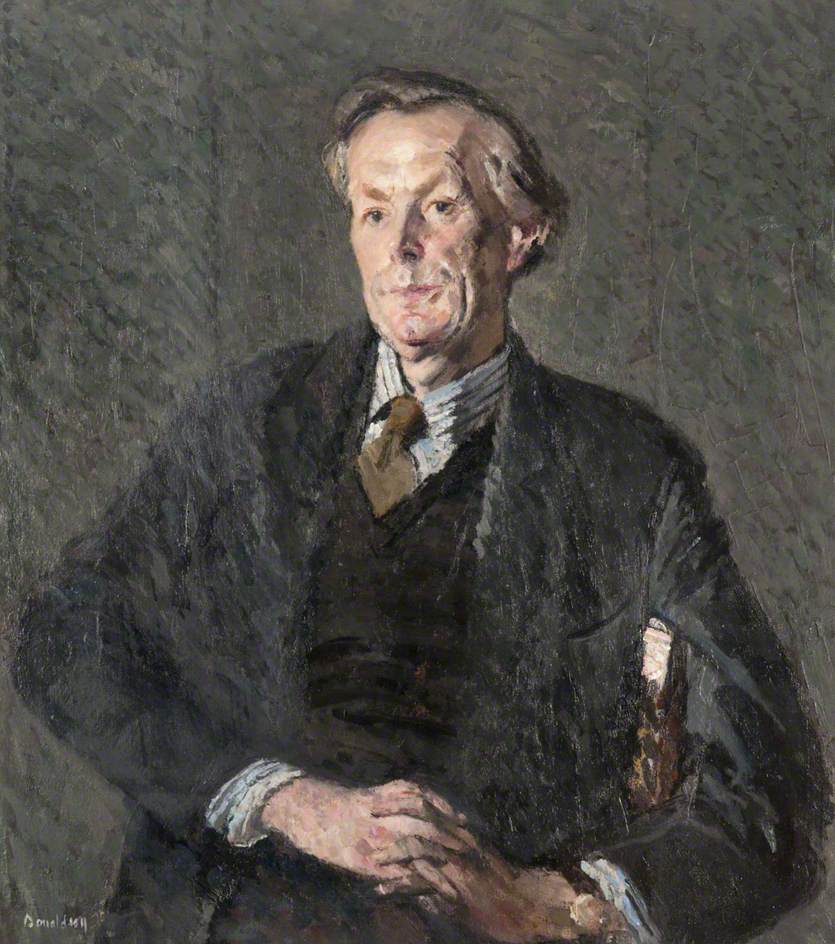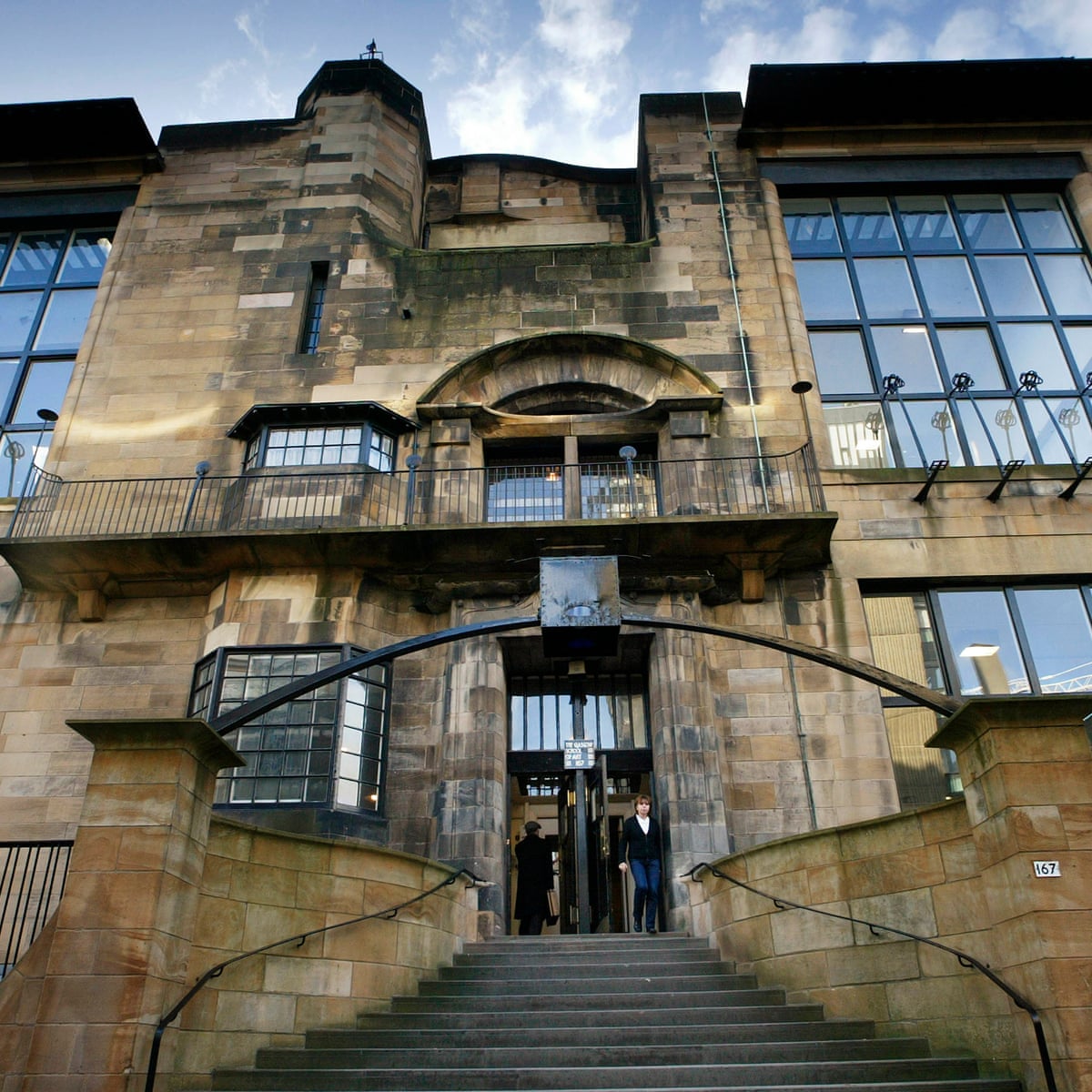Now, contrary to all popular belief art students actually work extremly hard. Every place at Glasgow School of Art is hard earned. It was highly competitive and there was an expectation of diligence and excellence from the lecturers and "The School Board". Just being there was exciting and dynamic, and we put in long hours.
By the end of November 1979, life as a Glasgow School of Art student was getting well established. A pattern emerging in each day, and every day was different and brought exciting new ideas and creative challenges. We hardly noticed the seasonal change until folk started to mention taking time off for the forth coming Christmas holiday! Though a trip home was obviously going to be good, this would mean an interruption to the activities in the city which I felt unsure of and did not welcome the prospect of any reduction in momentum! My first journey back to Stornoway, with all the poignancy of that voyage in the winter! Meanwhile back at art school, our group had just made our first visit to the amazing People's Palace in Glasgow Green, to source material for a design brief. I have always really enjoy social history and the very concept of a museum dedicated to ordinary people's history inspired me very much. Venturing to the other side of the city centre for that project, each morning for several weeks had happily expanded my understanding of much of Glasgow's history. In an short time I became a 'Friend of the People'.
At around this time, I also started certain lifestyle habbits which were to remain with me till the moment I moved away from dear old Glasgow. One was to use my Transcard for the trains, buses and underground. It was essential in order to get around and really get to know my new city. I would be heading of in any direction of exploration especially on a Saturday. The other was my self discipline of early rise and daily swim in my local swimming pool or baths, at North Woodside. Since we were small boys, swimming at any time of the day was a standard routine. No trip to the city was complete without a visit and session in a swimming pool. Our father had been a school boy champion at both swimming and diving and we were each taught to swim as soon as possible. I always felt more mobile and active in water especially in the sea! (Cold as that is). North Woodside Baths was a short brisk walk or run along Great Western Road. It was closed on Sundays, so often at 6.30am on a Monday morning the water temperature took a little longer to rise to a level which would be acceptable to ordinary customers. In those winter mornings in 1979 I joined the ranks of a very enthusiastic group of swimmers, and continued doing this for a number of years. North Woodside Baths and Washhouse in Moncrieff Street, (later Braid Square) had survived the red pen of condemnation of Comprehensive Redevelopment. This had seen a huge swathe of the northern inner central area of Glasgow cleared of old and poor standard housing since the early 1960s, to make way for the Inner Ring Road and new high rise housing. North Woodside was possibly the most interesting of the new areas still under construction when I first arrived and at the time the baths were looking rather lost externally and in need of tender care internally. 
Clearly classical Roman in style and still under a layer of soot, the building had not changed since it was built around 1880. It had originally served every bathing requirement for the people of the district, just like many other similar places did. The characteristic Victorian changinging cubiciles, that surrounded the swimming pool were to remain as a feature when the building was eventually refurbished and became a local sports hub, with the improved pool, gym and fitness suite. It is still in use and I pay a visit whenever I am in the neighbourhood.
I quickly got to know every aspect of this special neighbourhood, and soon made close friendships with my neighbours and many of the people I met as I went on my way back and fore from the Art School, the local streets and the city, the parrks and the riverside. I truly felt I was part of this lively community and wished to be so. Indeed twenty years later on my thirty-eighth birthday, 6th May 1979, I was elected to represent the local ward as Glasgow City Labour Party Councilor. This was another proud moment, for me, another new chapter of learning and development. I was delighted to have the opportunity to serve my home community for four wonderful years.





